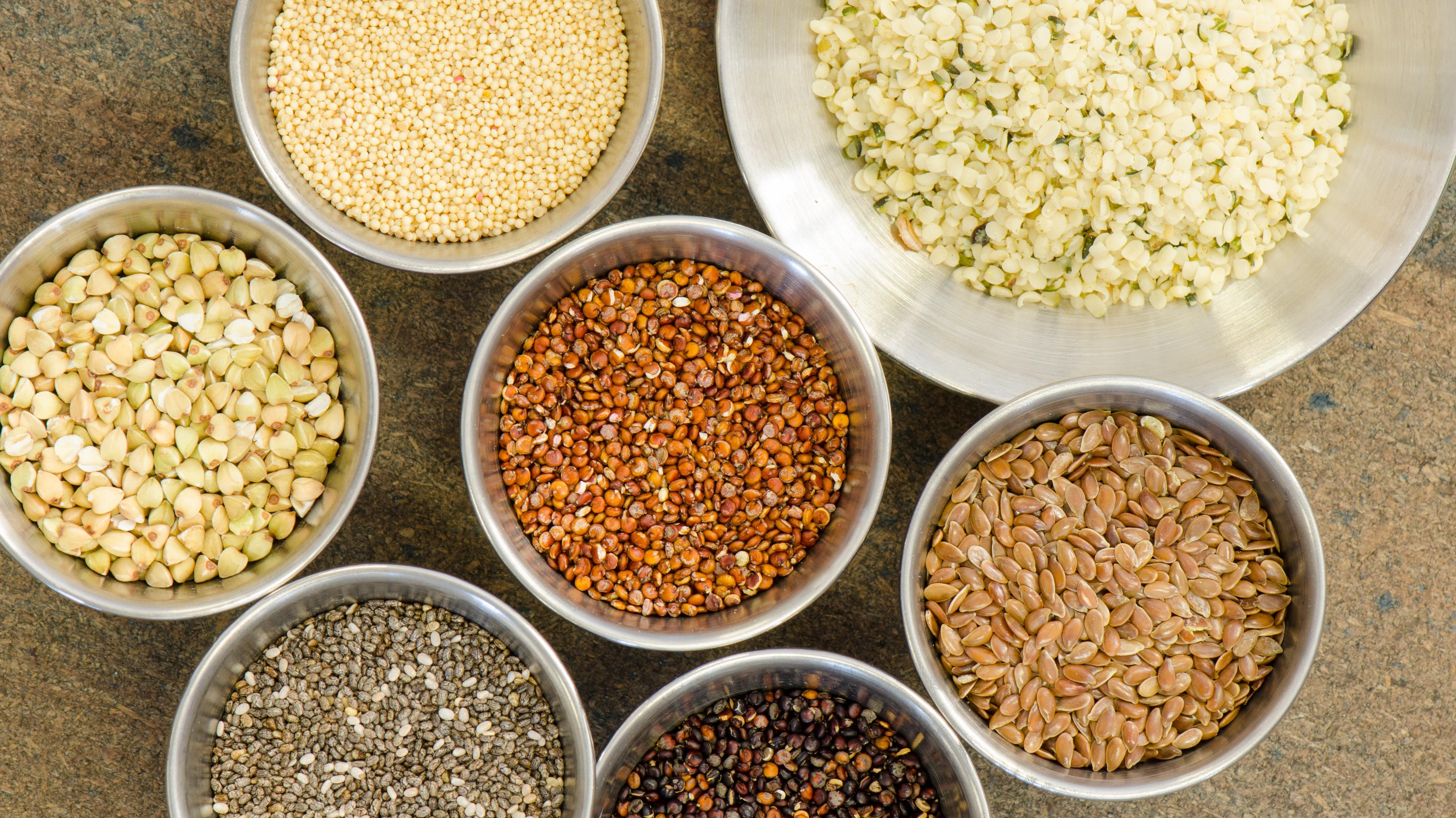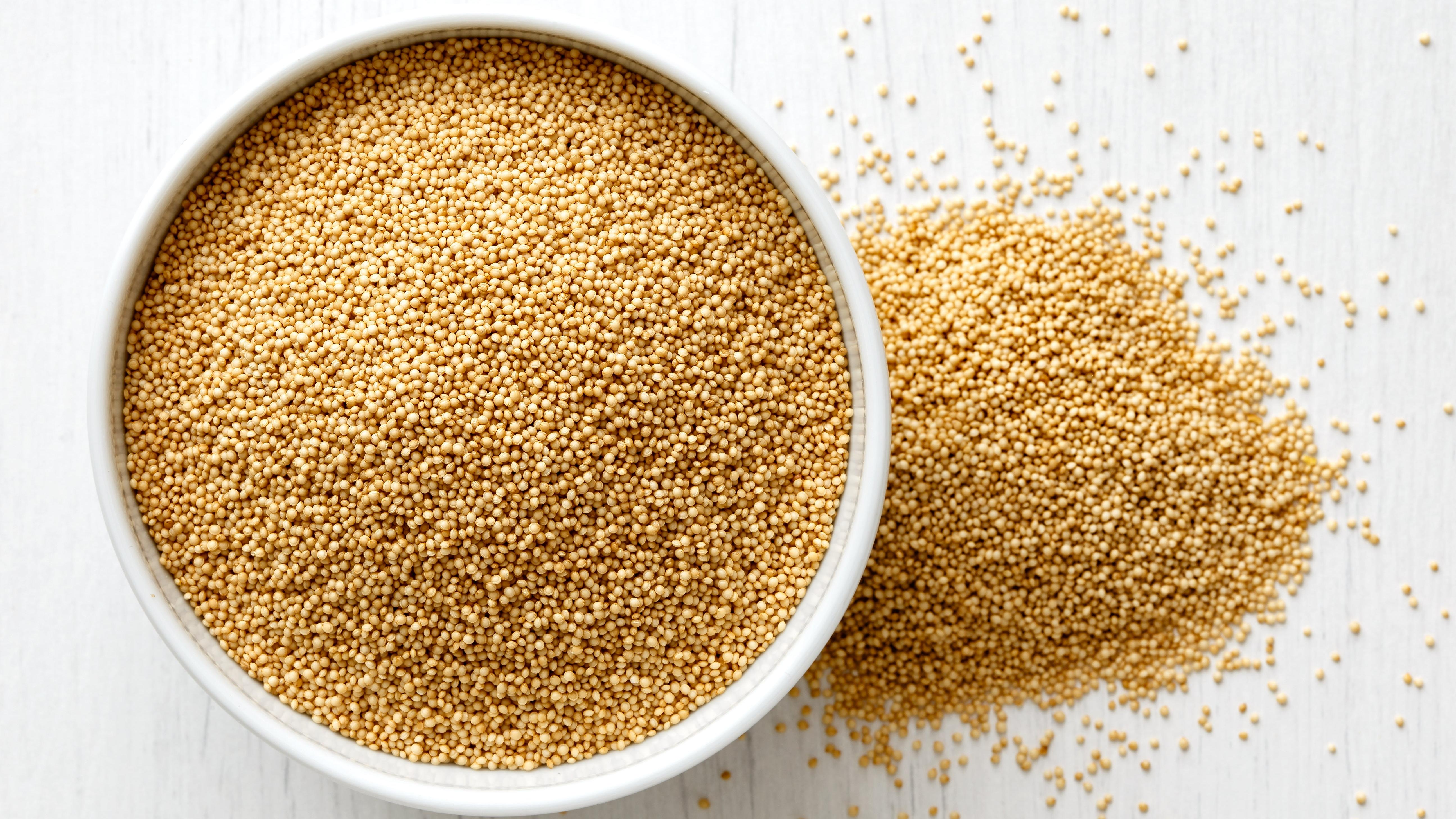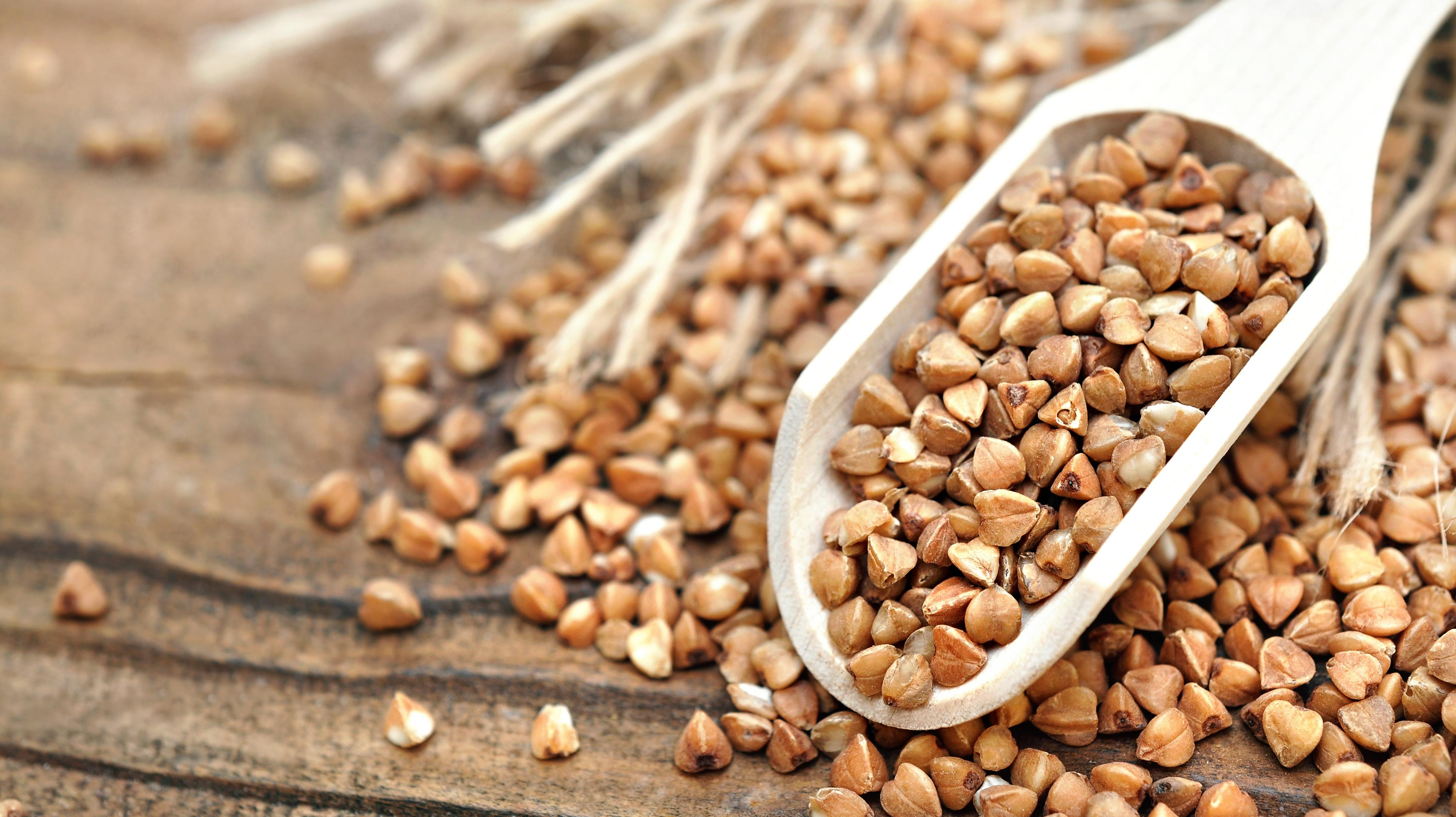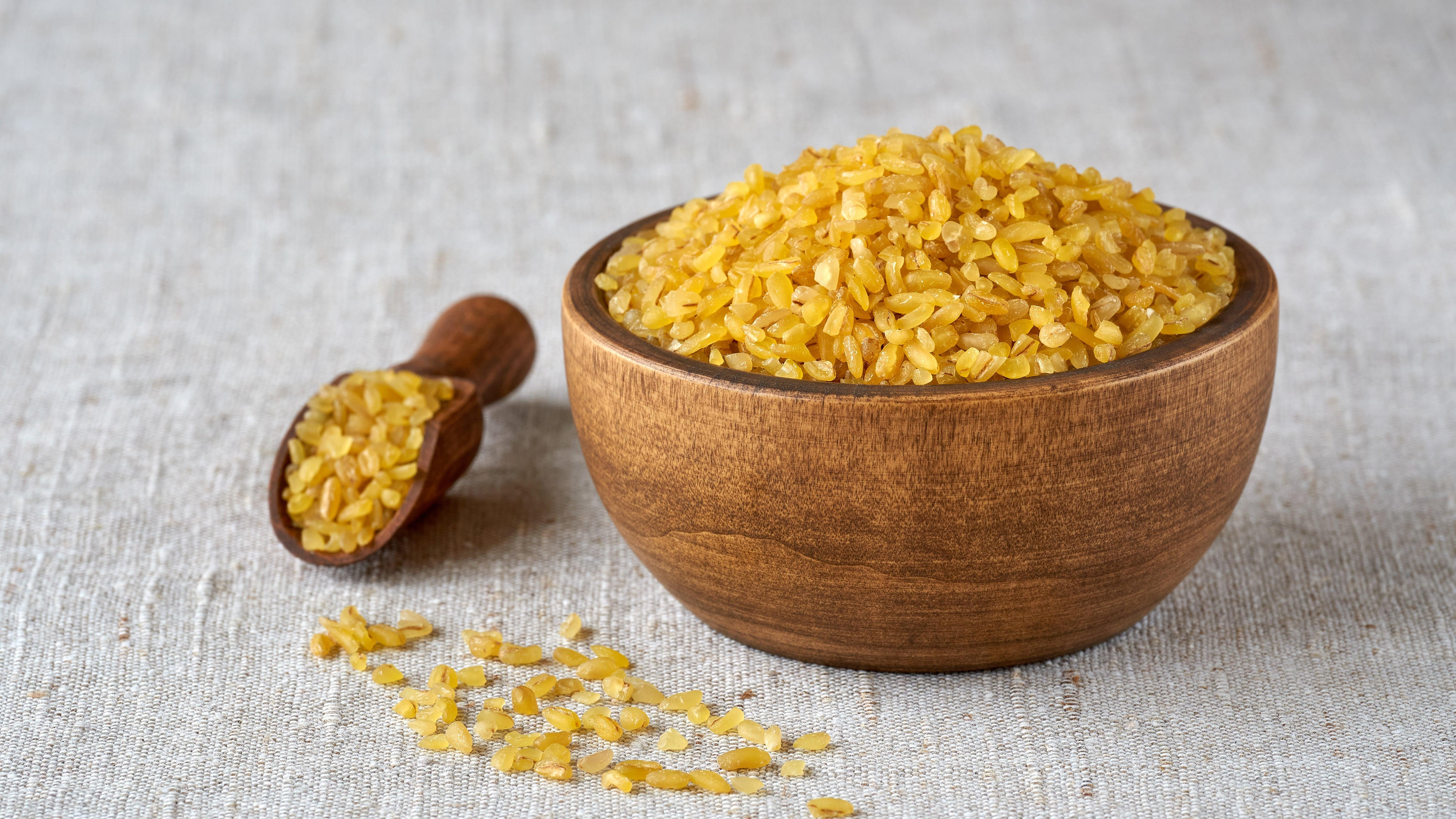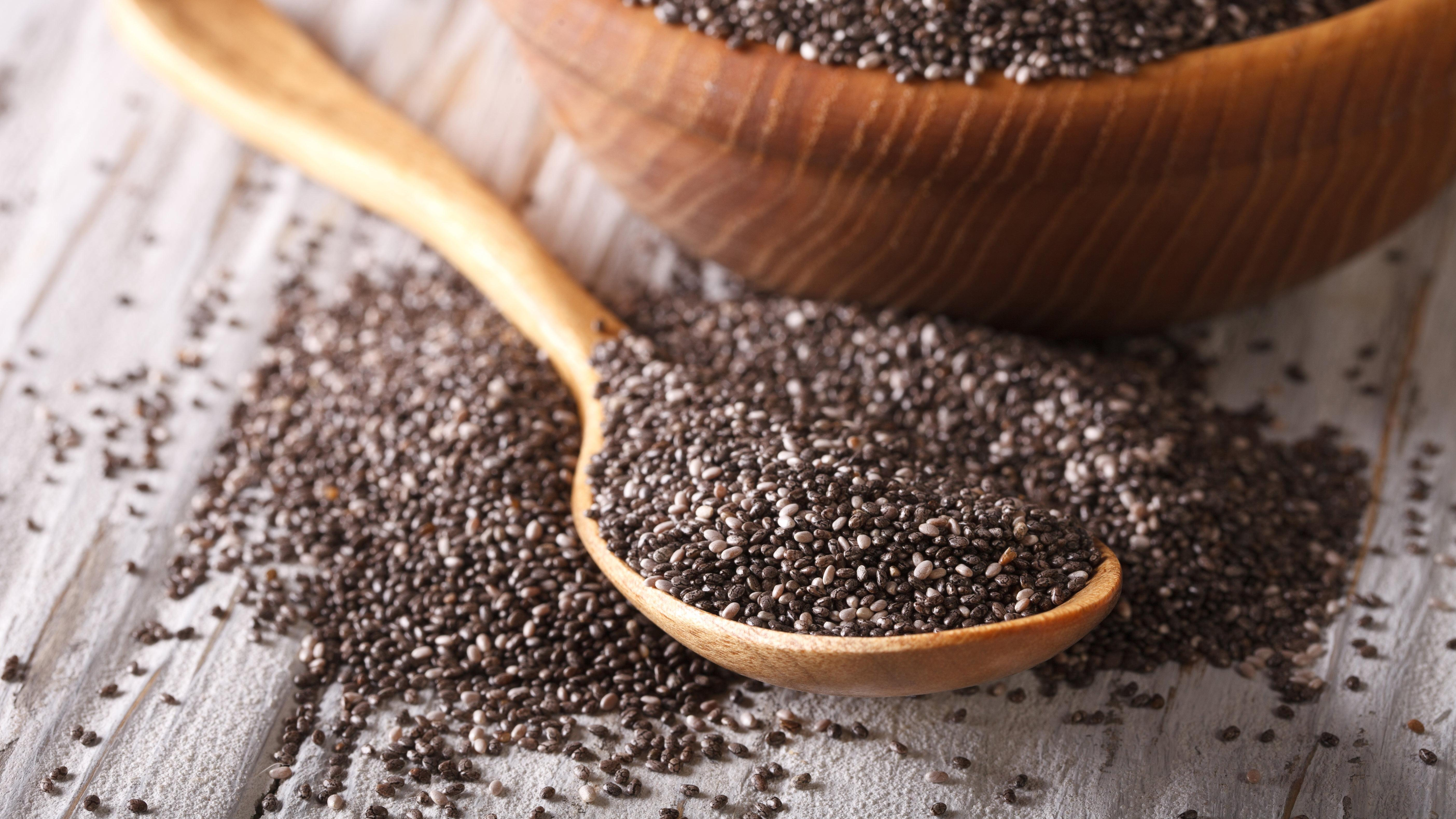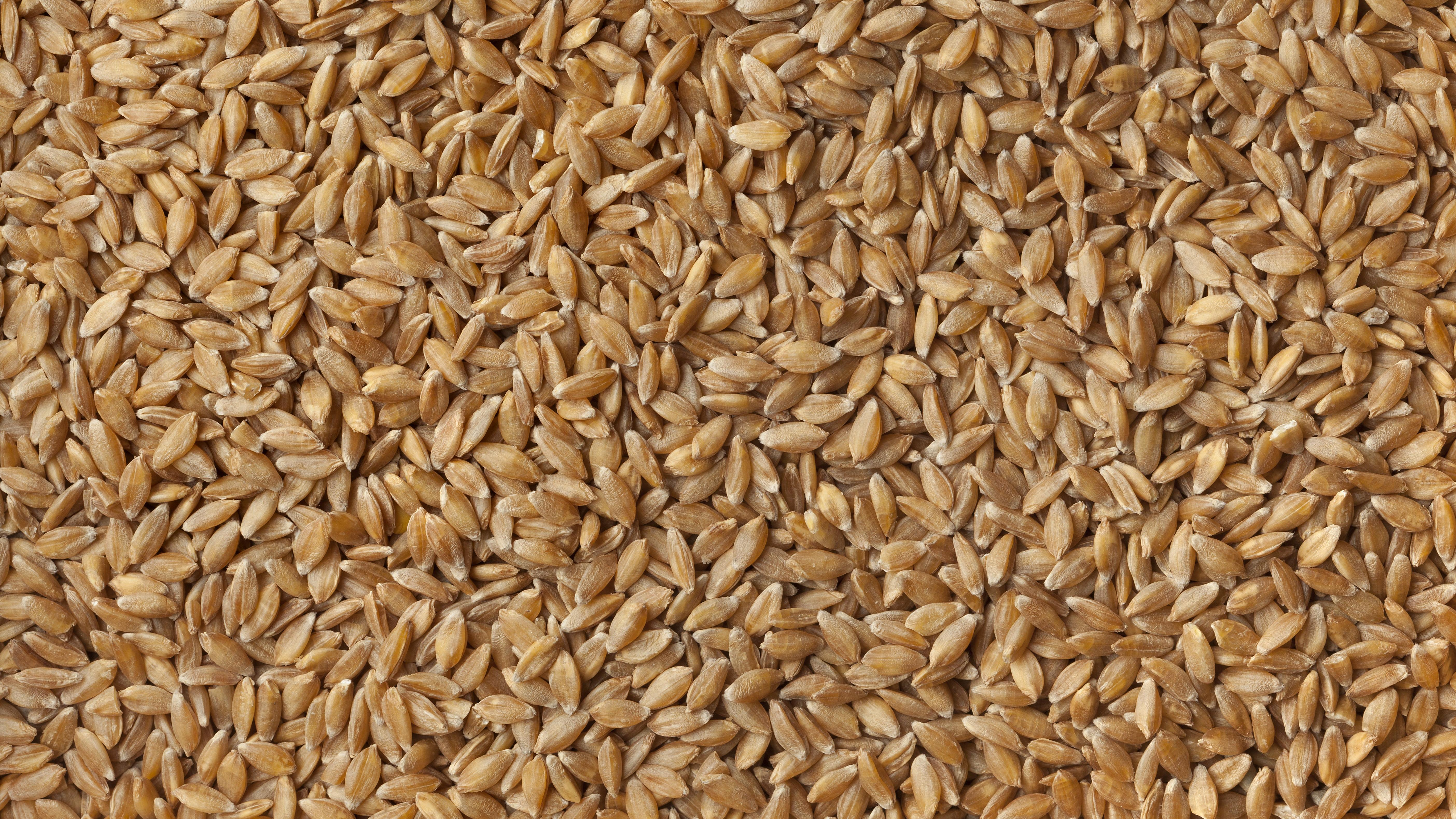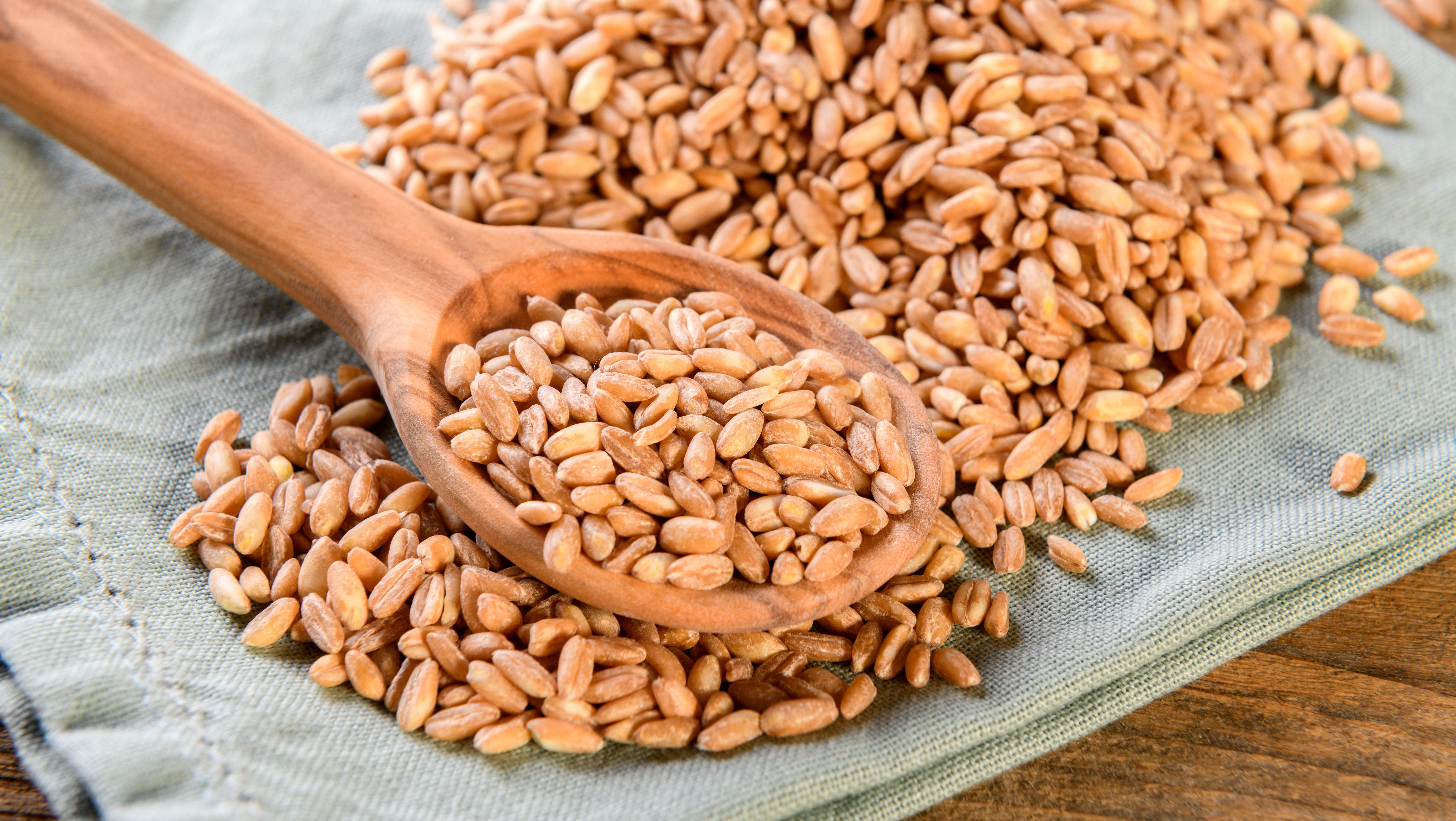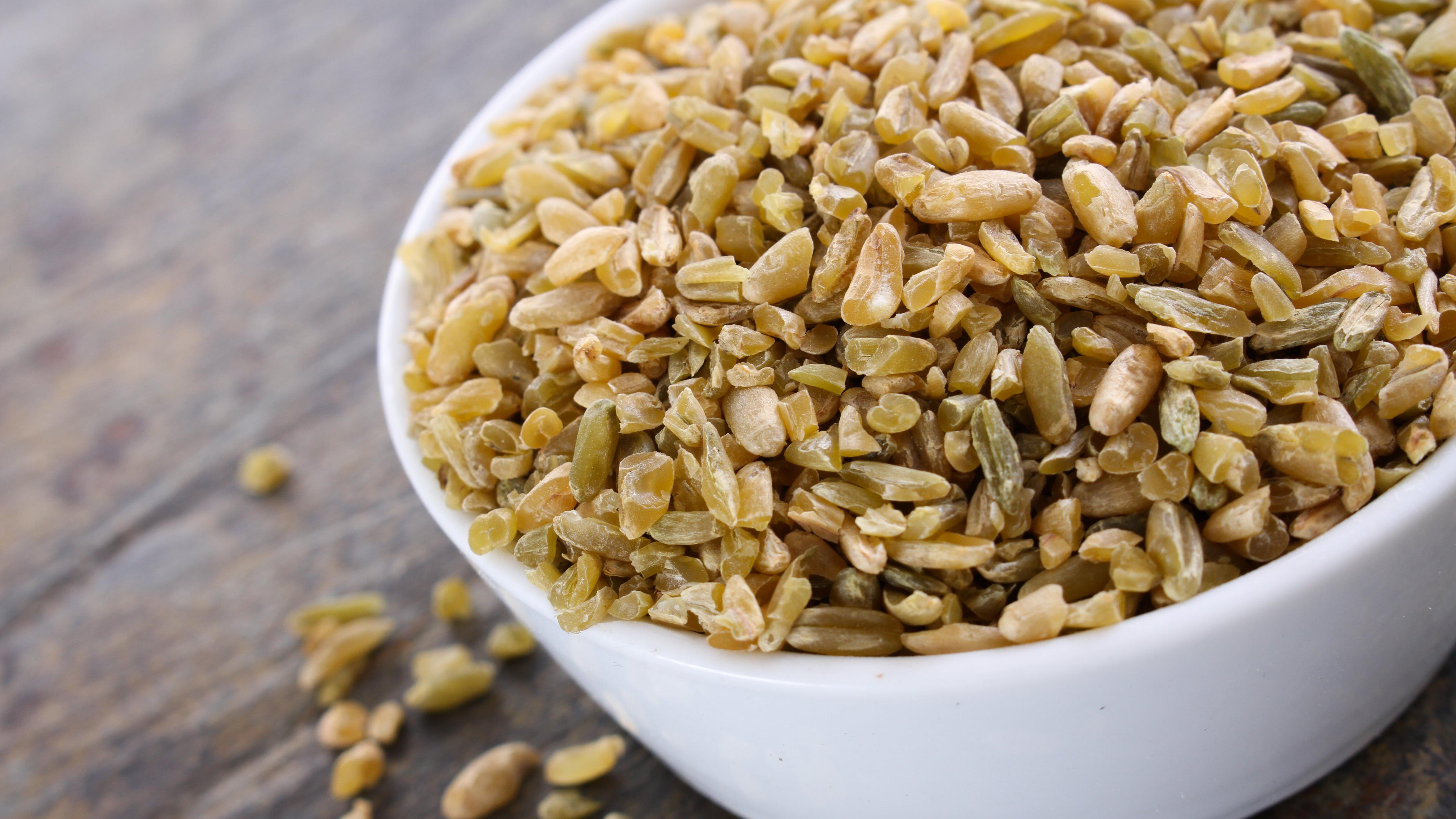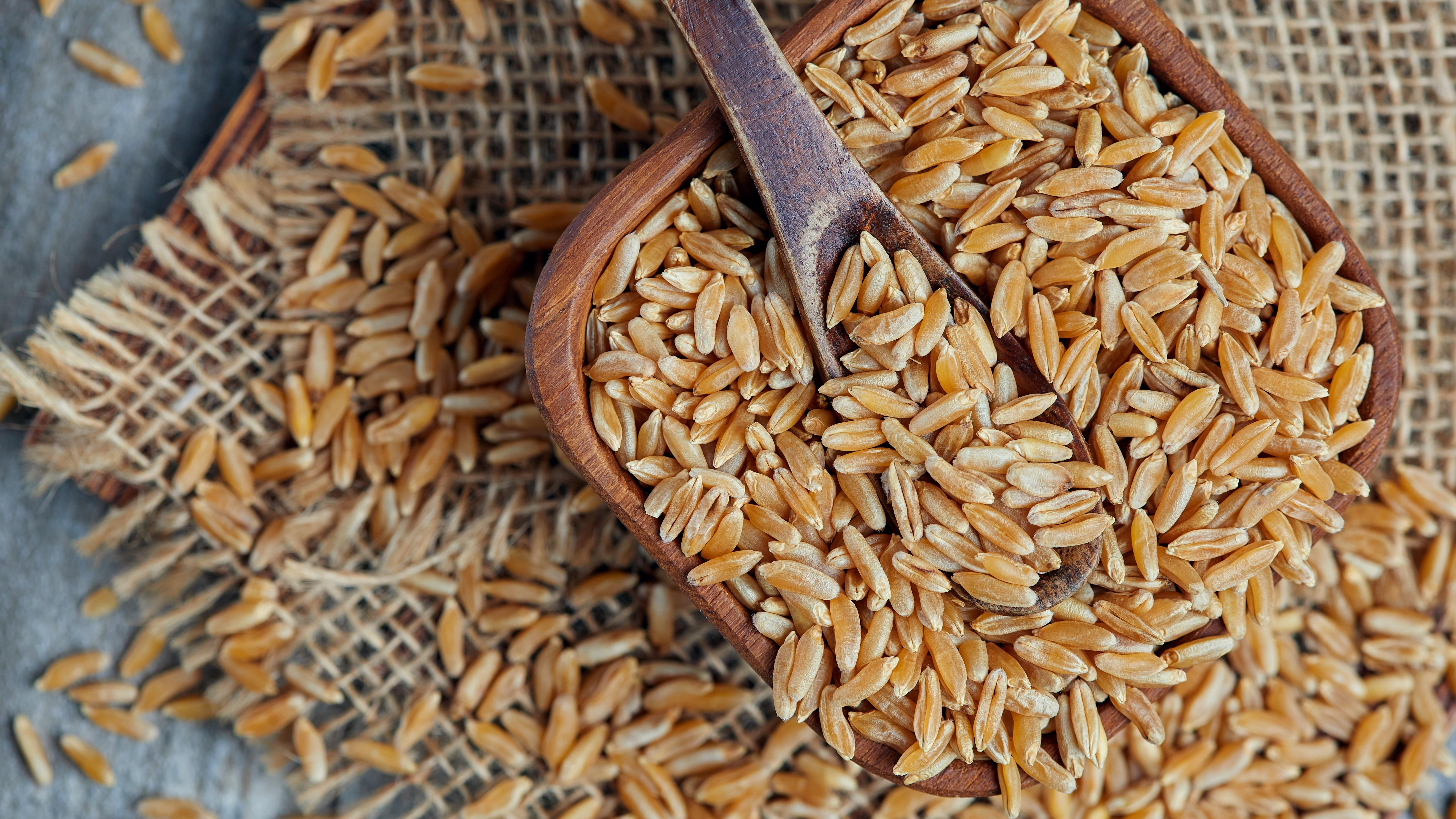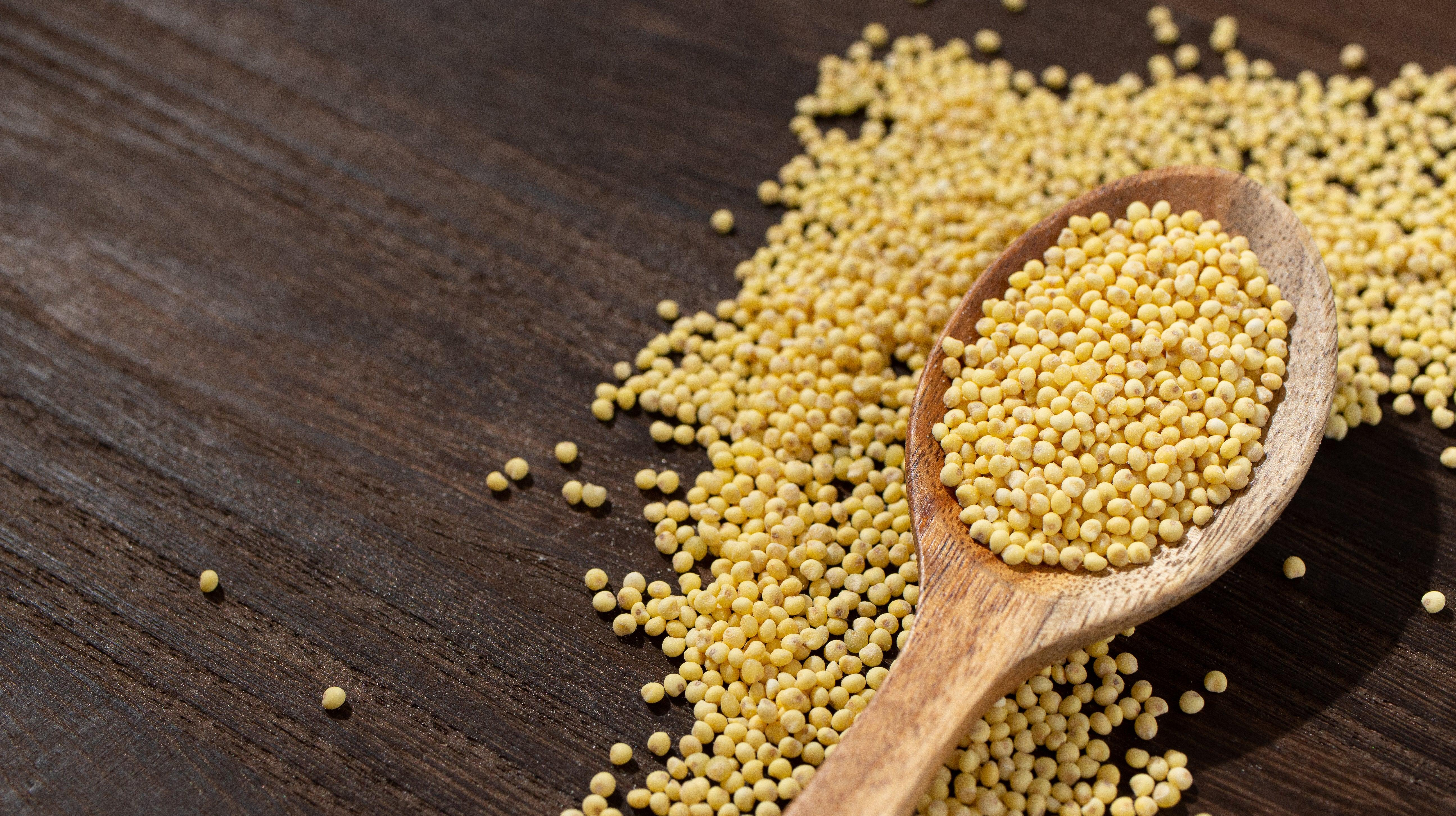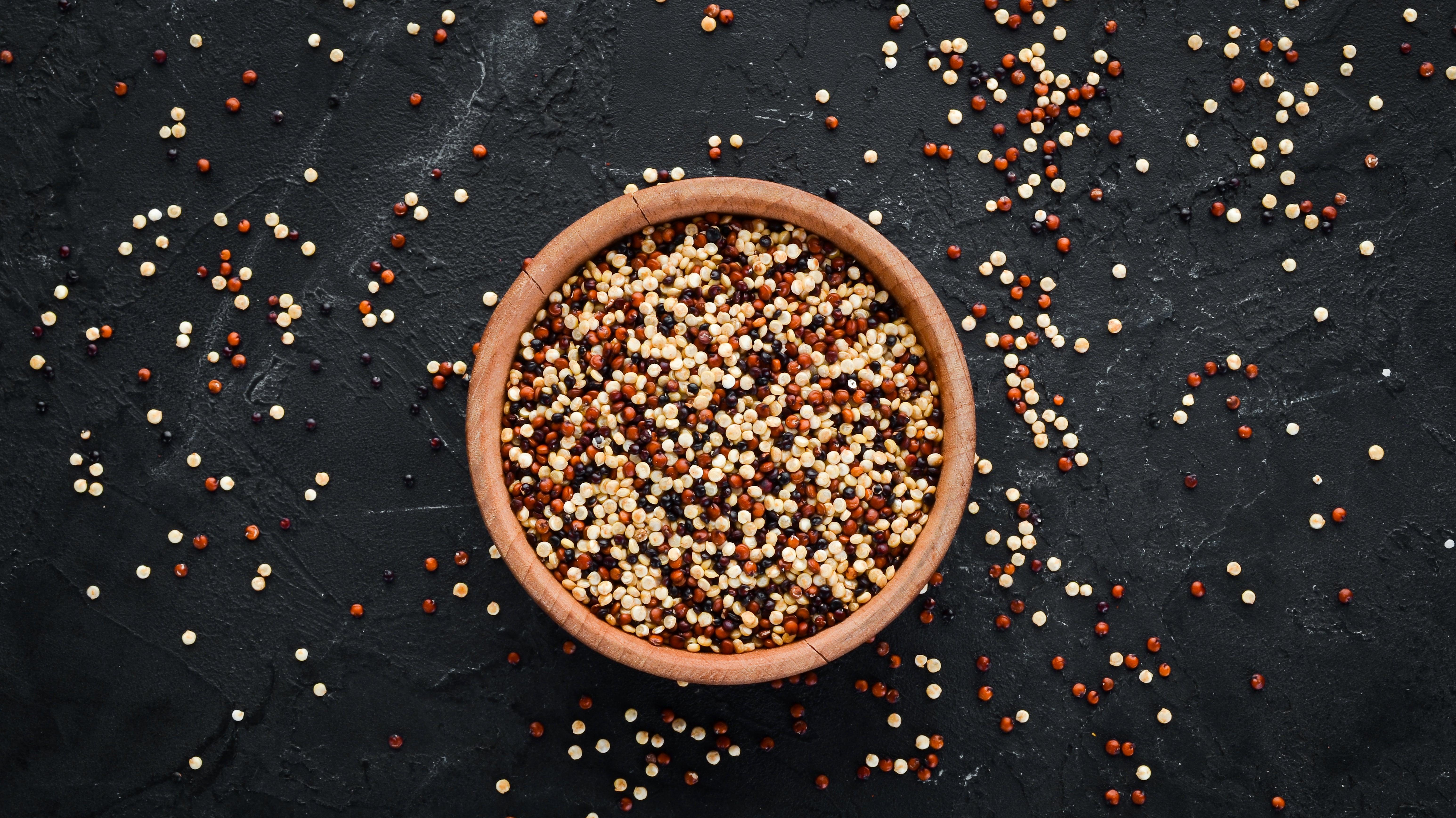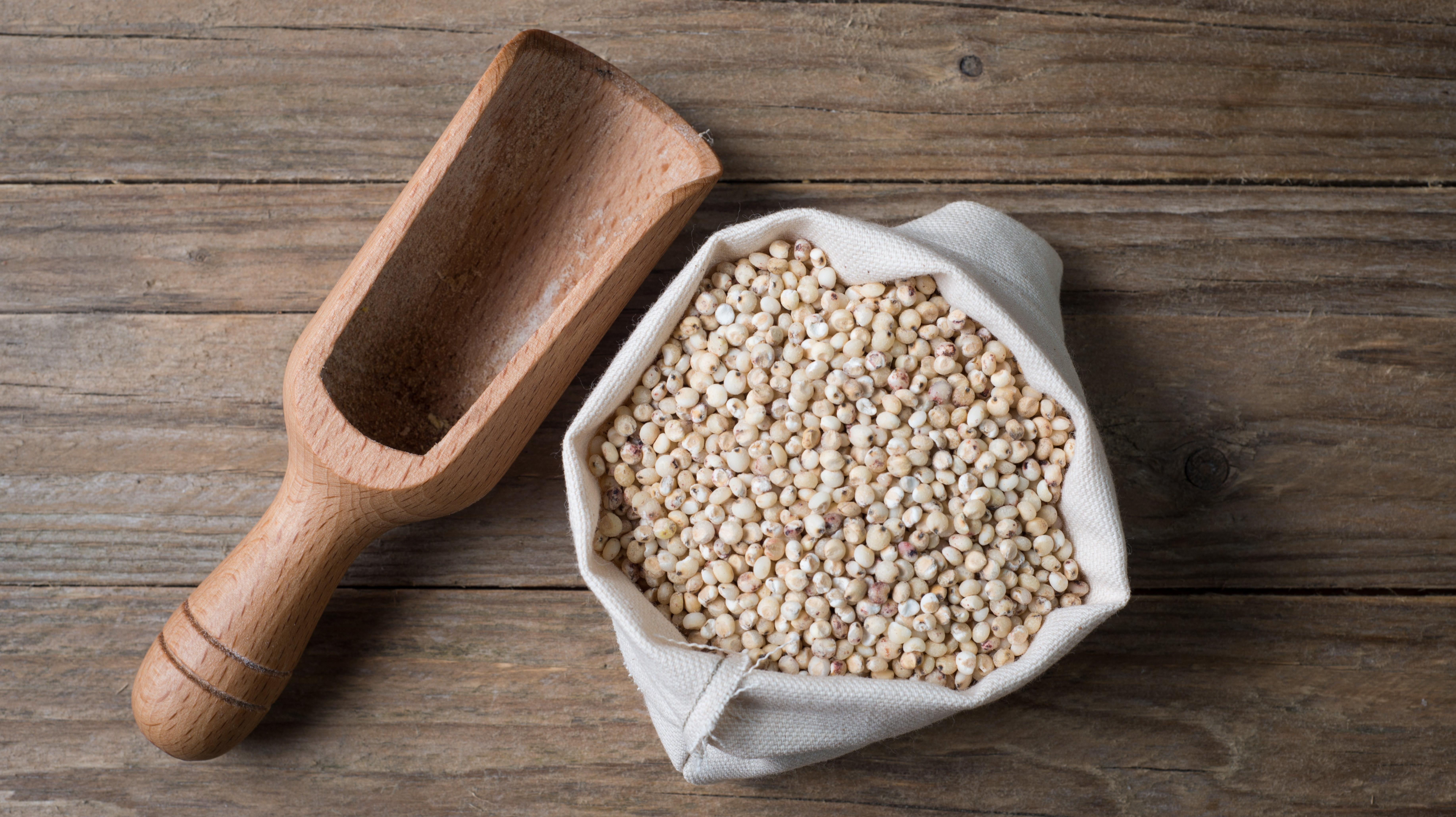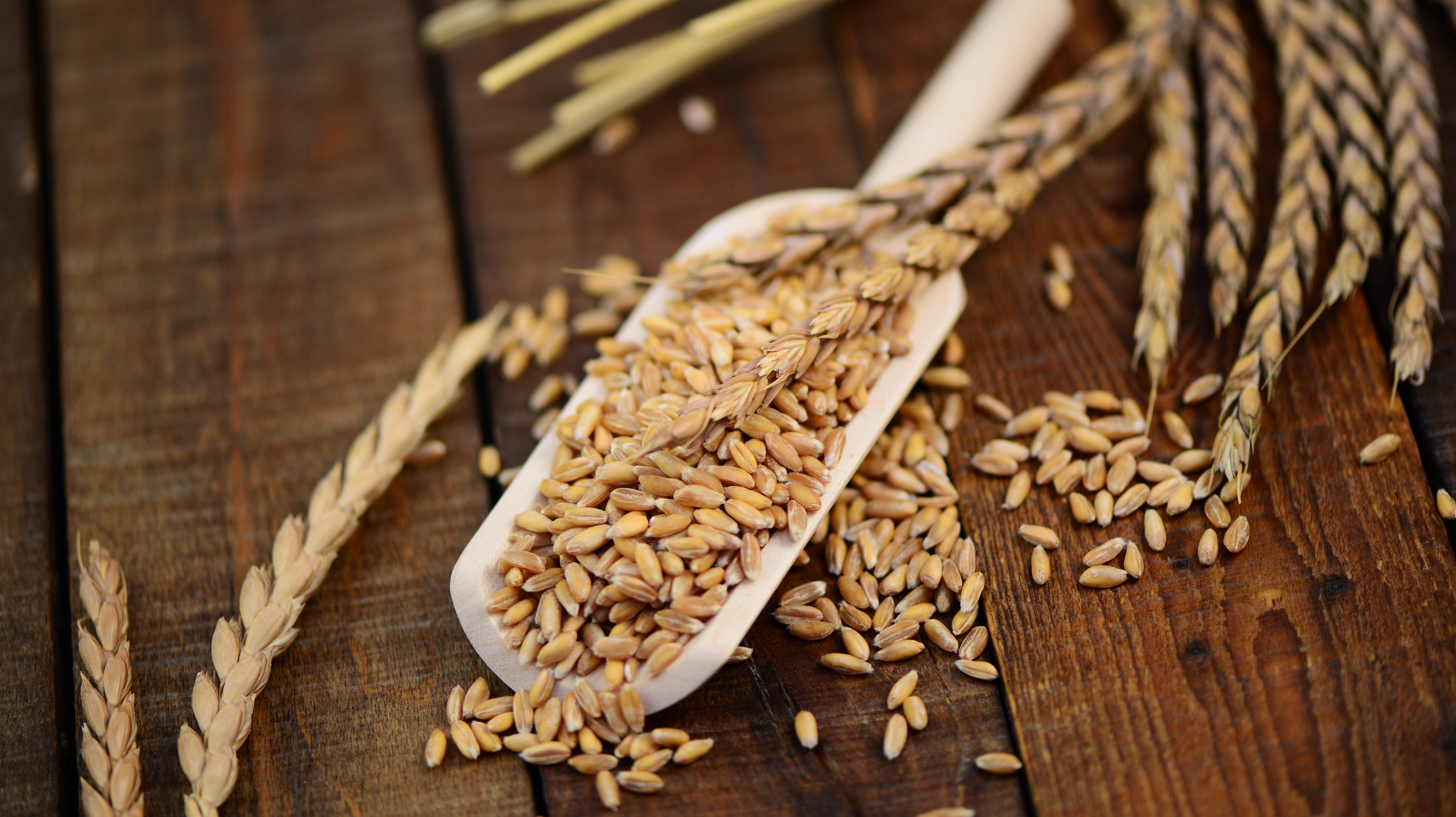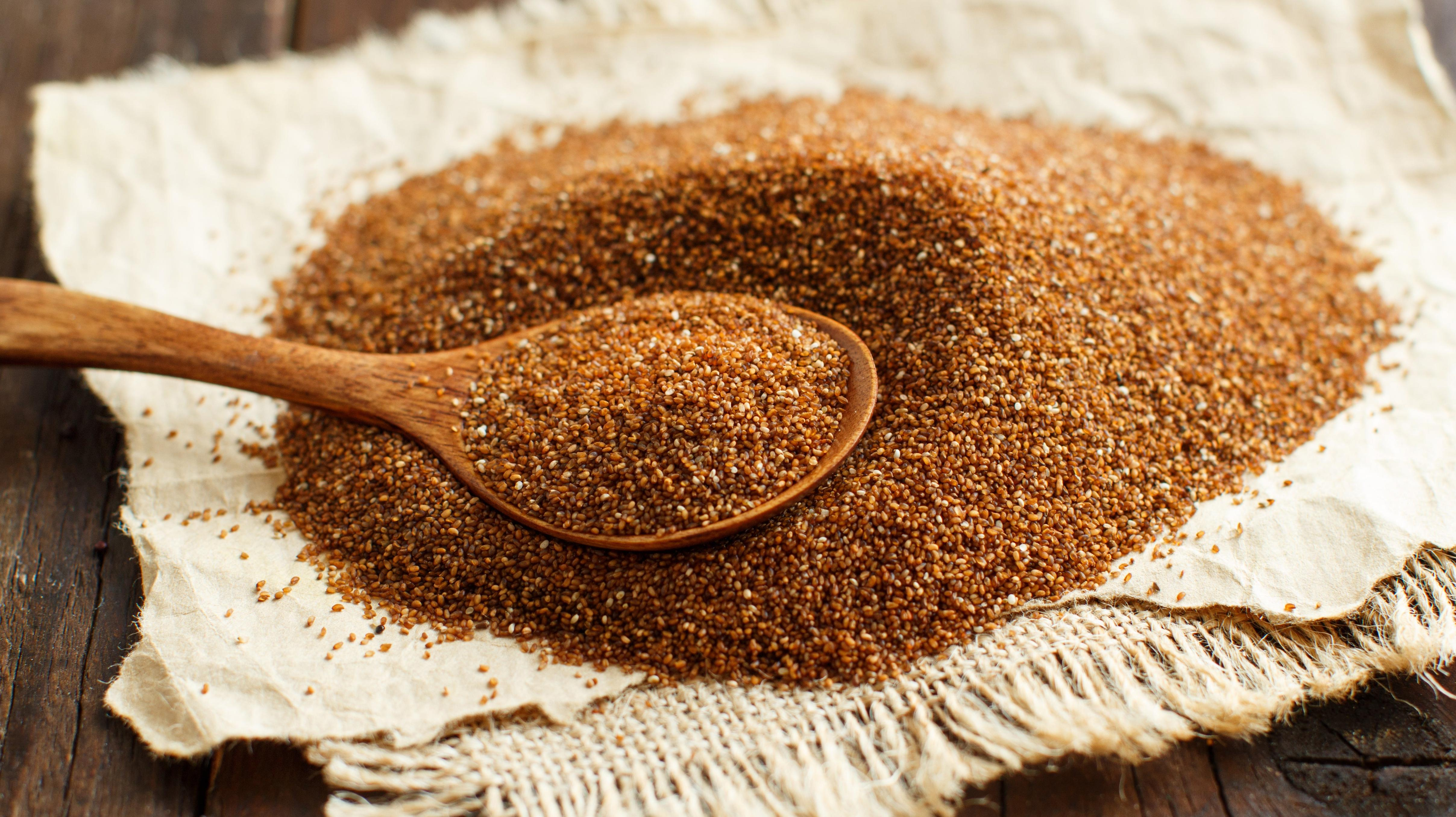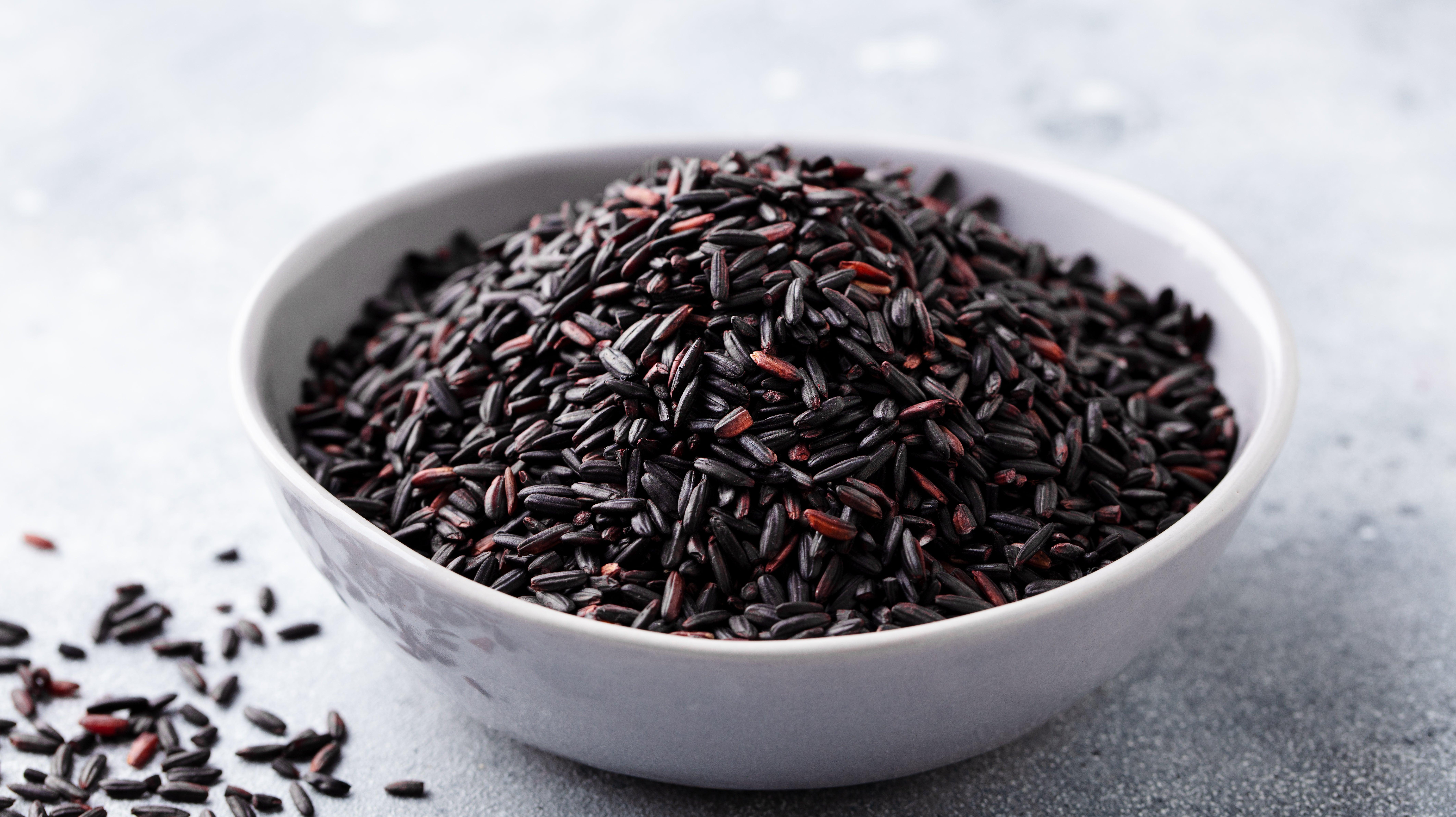14 Ancient Grains To Keep In Your Pantry At All Times
These grains make a great foundation for a wide range of dishes.
The term "ancient grains" is one you'll see thrown around quite a bit on grocery store shelves. It appeals to people's romantic ideas of the past: eating an ingredient that has seemingly remained unchanged for millennia does seem kind of cool. As a result, it's an effective marketing term that's been co-opted by companies trying to position their products as health food.
Having said all that, this doesn't mean that ancient grains aren't a fantastic ingredient to keep in your pantry, and they really can be quite good for you. The grains on this list are packed with different nutrients, and they're a delicious way to bring a hearty texture and nutty flavor to a range of dishes. Plus they last in your pantry for years and can be added to grain bowls, salads, and soups. Try making one of these 14 grains the base for your next meal.
Amaranth
Amaranth isn't an actual grain, but is the seed from a type of plant called pseudocereal. It is good for gluten-free recipes since it's not directly related to wheat and therefore doesn't contain gluten at all. It's related to quinoa, with a stronger flavor that some people classify as grassy. When cooked, it has a soft texture that works well in breakfast porridges. Alternatively, you can pop it in a dry pan for a puffed, crunchy little snack.
Buckwheat
Despite the "wheat" in its name, buckwheat is not a variety of wheat. Like amaranth, it falls under the pseudocereals category, so the term "ancient grain" is a slight misnomer. The plant isn't a grass or cereal plant, but is more closely related to plants like sorrel and rhubarb. It's classified as a pseudocereal because its seeds are used for culinary purposes much like cereals.
Buckwheat is a versatile ingredient. It has a naturally roasted flavor and the grains have some chew to them with a slight bitterness, which lends itself well to dressed salads. It's also the main ingredient in Japanese soba noodles, along with the most common version of Korean naengmyeon (also a type of noodle). Buckwheat flour, which is gluten-free, can be incorporated into recipes for pancakes and crepes for added chewiness.
Bulgur
Bulgur is a cracked wheat product that has been parboiled and is then dried out for preservation. Because the grains have already been cooked, bulgur is a great ingredient when you're looking to save a little time in the kitchen, as you can cook it off in as little as 10 minutes. It comes packaged in multiple grinds of varying coarseness, and it's traditionally used for tabbouleh, the delicious Middle Eastern herb-heavy grain salad.
Chia
Chia seeds (yes, the same ones that sprout on top of your Chia Pet) are tiny little seeds that have a really unique quality: they can absorb up to 12 times their weight in water. When added to liquid, they take on a gel-like form, and the liquid they're suspended in turns into a sort of jelly or pudding. They're filled with protein, fiber, and antioxidants, which is why some people tout chia seeds as a so-called superfood.
Try incorporating a tablespoon of chia seeds into your smoothies, adding them to baked goods, or eating them raw on top of dishes like oatmeal. Because of chia's natural ability to soak up water, you can also add them to drinks in order to create a thicker texture that has the added benefit of boosted nutrition.
Einkorn
Einkorn is truly deserving of its "ancient grain" title, since it's considered the oldest cultivated grain in recorded history. This gluten-containing wheat grain is sometimes cracked and parboiled to create bulgur. Einkorn is also one of the three grains classified as farro (along with emmer and spelt), which means the berries can be boiled and used in soups, salads, and more.
Because it's a type of wheat, this grain can also be milled into flour and used in certain baking recipes.
Farro
Farro is a confusing one, because this category encompasses multiple grains: einkorn, emmer, and spelt. Italians refer to these three as farro piccolo (small), farro medio (medium), and farro grande (large), respectively. Emmer is the variety most sold in the United States, and it's likely to be the variety you see on supermarket shelves. Emmer is versatile, and like spelt or einkorn, you can cook it and toss it into soups, salads, and pilafs, or prepare it like a risotto.
Freekeh
If you look carefully, you'll notice that dried freekeh grains have a greenish-golden hue to them. That's because these durum wheat grains (containing gluten) are harvested while they're still green and then toasted over live fire. The flames burn off the straw and the chaff, after which the grains are threshed to remove their coverings. The end result is a grain that's chewy, nutty, and slightly smoky. It originates from the Levant and is used often in North African and Levantine cuisine, supplementing dishes like pilafs, stuffings, and soups.
Khorasan wheat, aka Kamut
Khorasan wheat, also sold under the name Kamut, is a version of wheat that's two to three times as large as a modern grain. Along with its larger size, the grain also has a distinctive, slightly bent shape to it. Kamut flour can be used as a one-to-one wheat flour replacement for baked goods like bread. If you're using the whole grain, you can add it fully cooked to salads, pilafs, and dishes in which you would ordinarily use rice.
Millet
Millet is a staple gluten-free grain eaten across the world in various forms. Like some of the other ingredients on this list, it's a grass seed that's unrelated to wheat, hence the gluten-free appeal. The grains are very small and spherical and can be used in porridges, pilafs, soups, and more. Millet flour can be used as a partial replacement for wheat but can't be a full 1:1 substitution, since it has different baking properties than wheat does. It falls on the slightly sweeter side with a corn-like flavor.
Quinoa
Quinoa has quite a reputation for being a health food, since it's a good source of plant-based protein, has various B vitamins, and contains lots of fiber. Quinoa makes a really good base for grain bowls, and is even good by itself as a mild side dish. It's part of the amaranth family, which means it's a pseudocereal and not technically a grain (or even a grass). It can, however, taste bitter, since its seed covering contains compounds called saponin, which don't taste so good. While the coating is removed during processing, we do recommend you rinse it before you cook it.
Sorghum
Sorghum, like some of the other ancient grains on this list, is a grass seed. The grain is used as a cereal for both human and animal consumption. One interesting thing you can do with it is pop it over heat; the end result looks just like a miniature kernel of popcorn, and tastes pretty similar. Sorghum is in fact related to corn, meaning it's gluten free. The sorghum plant can be processed to extract a sweet syrup, which looks like a thinner version of molasses (but has a slight sourness to it).
Spelt
Spelt is a grain that's related to wheat and has been cultivated in Europe for not just centuries, but millennia. (It's called dinkel in Germany.) It's typically used in place of wheat flour, which means you can use spelt flour to make bread, though its handling properties are a little different. It does contain gluten, so it's not for those who have intolerances or celiac disease. The grain can even be used to brew beer.
You can cook it just like any other grain by boiling it and serve it whole in salads, soups, pilafs, and more. You can even cook it like risotto, which will net you a nutty plate of grains with some more chew and substance than plain white rice.
Teff
Teff is a wee little grain just around the size of a poppy seed. It comes from a grass plant that is native to the Horn of Africa and is the main component in the delicious fermented Ethiopian flatbread, injera. You can use it like you would many grains, which means you can boil it and turn it into a porridge, add it to baked goods, toss it into salads once it's been cooked, and more. Teff is naturally gluten free.
Wild rice
Wild rice isn't the standard rice you're probably thinking of off the top of your head, but rather a cousin to the domesticated grain we know and love. It comes from one of four species of aquatic grasses that comprise the genus Zizania. Wild rice has a distinctive firm chew to it, making it a great addition to stews and soups, and has a deeper, earthier flavor than white rice. It's also a popular addition to dishes like stuffing.
